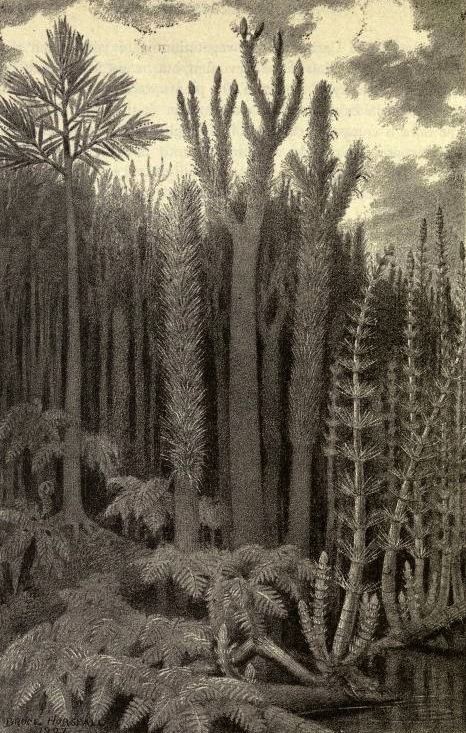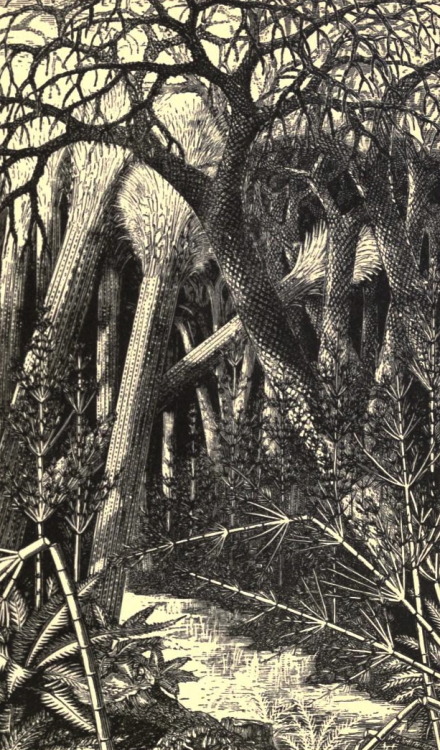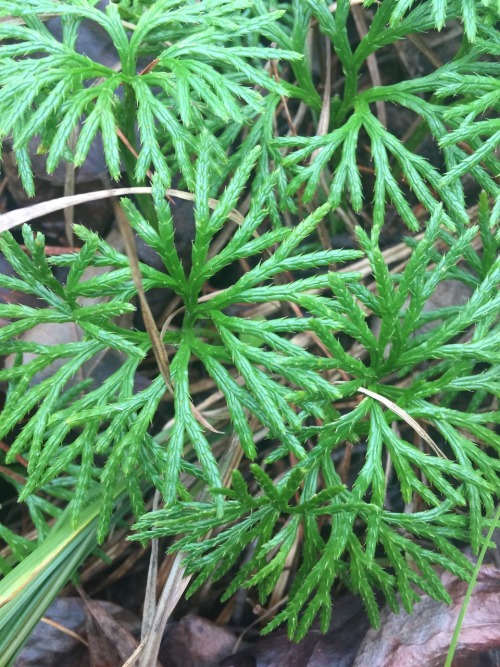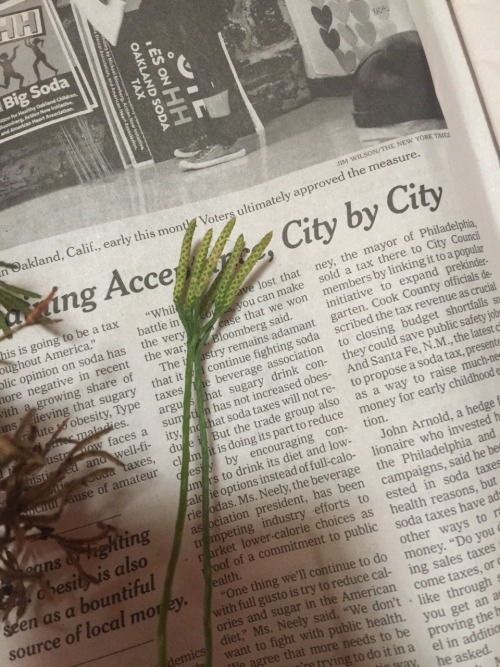#clubmoss
A photo of a red eft, the terrestrial, juvenile stage of the eastern/red-spotted newt (Notophthalmus viridescens). Behind the eft are living lycopods (clubmoss), the oldest extant group of vascular plants, estimated to have evolved around 410 million years ago! To put this in perspective, amphibians didn’t show up in the fossil record until about 360 million years ago! Even closer to home, mammals only showed up around 120 million years ago; primates only 65 million years ago; the earliest humans (Homo spp.) only showed up about 2.3 million years ago; and Homo sapiens a mere 200,000 years ago. This means we’ve been around only 0.05% of the time the lycopods have. Thinking about this blows my mind in all sorts of amazing ways!!!
Post link
Carboniferous forest scenes by Heinrich Harder, Bruce Horsfall, & W. C. Smith
The Carboniferous is a panoply, an exhibition, a theater of increasing complexity, a demonstration of verdant braggadocio in which amphibians lurk and arthropods achieve hallucinatory measurements. The animals sing and chirp and croak and bellow, splash in the water and feed on each other, they grow and mate and fight and die, but their part in the forest is only a fraction of the symphony here. The green kingdom has its own drama, its own conflicts, kinships, and hymns; it is not passive. Its members also grow and mate and fight and die, but at speeds an animal cannot see and with means an animal cannot notice. Instead of songs, the plants communicate with chemicals—three thousand of them—in a vocabulary unknown and unsensed by eyes and ears, but felt on the tongue when leaves turn bitter or saps run toxic, invisible messages made of methanol, formaldehyde, tannins, caffeine, and terpenoids released into the air to dissuade herbivores, attract plant-eater predators, or alert the forest in a botanic siren that spreads between leaves and branches, roots and buds—a system of communication without sight or sound, where compounds are signals and chemicals are words.
-Benjamin Chandler
Post link





Green things to be found during the winter (from top to bottom): calm cedar and hemlock grove, Cladonialichen pixie cups, wintergreen (Gaultheria procumbens), clubmoss patches, and moss growing on birch bark.
Can you please help me identify this? They grow next to the stream in the mountains of South Carolina!
Lovely photos of Diphasiastrum digitatum. :)
Post link









